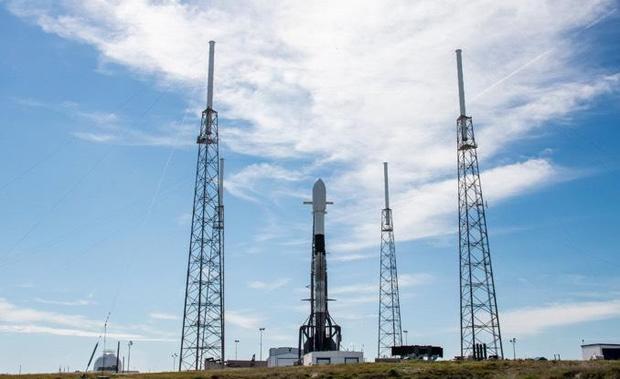
Investigators said that Kobe Bryant’s helicopter banked left and abruptly descended at speeds of up to 5,000 feet per minute in its final 12 seconds when it crashed into the Calabasas hillside, killing all nine aboard. Officials from the coroner’s office have positively identified Kobe Bryant’s body along with three of eight other victims.
Newly released details are now helping the public and investigators piece together the flight’s final minutes.
The helicopter carrying Bryant and his 13 year old daughter Gigi did not have a terrain avoidance system or a black box when it crashed into the steep terrain on the foggy Sunday morning, though feds investigating the case did find some clues in the wreckage – including an iPad and maintenance records found among the debris.
New cellphone video appears to show Bryant’s helicopter circling near Burbank Airport before the incident.
“This was a high-energy impact crash,” a National Transportation Safety Board member said. She told CBS News’ Kris Van Cleave that preliminary investigations show the helicopter “was in one piece when it impacted terrain,” rather than breaking up on its descent. The flight was only a few minutes from its destination.
About 35 minutes after takeoff, pilot Ara Zobayan asked air traffic control to track him on radar – but he was reportedly flying too low in the deteriorating weather.
Four minutes later, Zobayan radioed that he was climbing to “go above the layer” of clouds. He reached 23,000 feet in the potentially blinding fog. The helicopter’s final recorded speed was about 184 miles per hour.
Investigators in California announced that they have since removed all wreckage from the crash site as they work to solve the tragic mystery.
© 2020 CBS Interactive Inc. All Rights Reserved.

